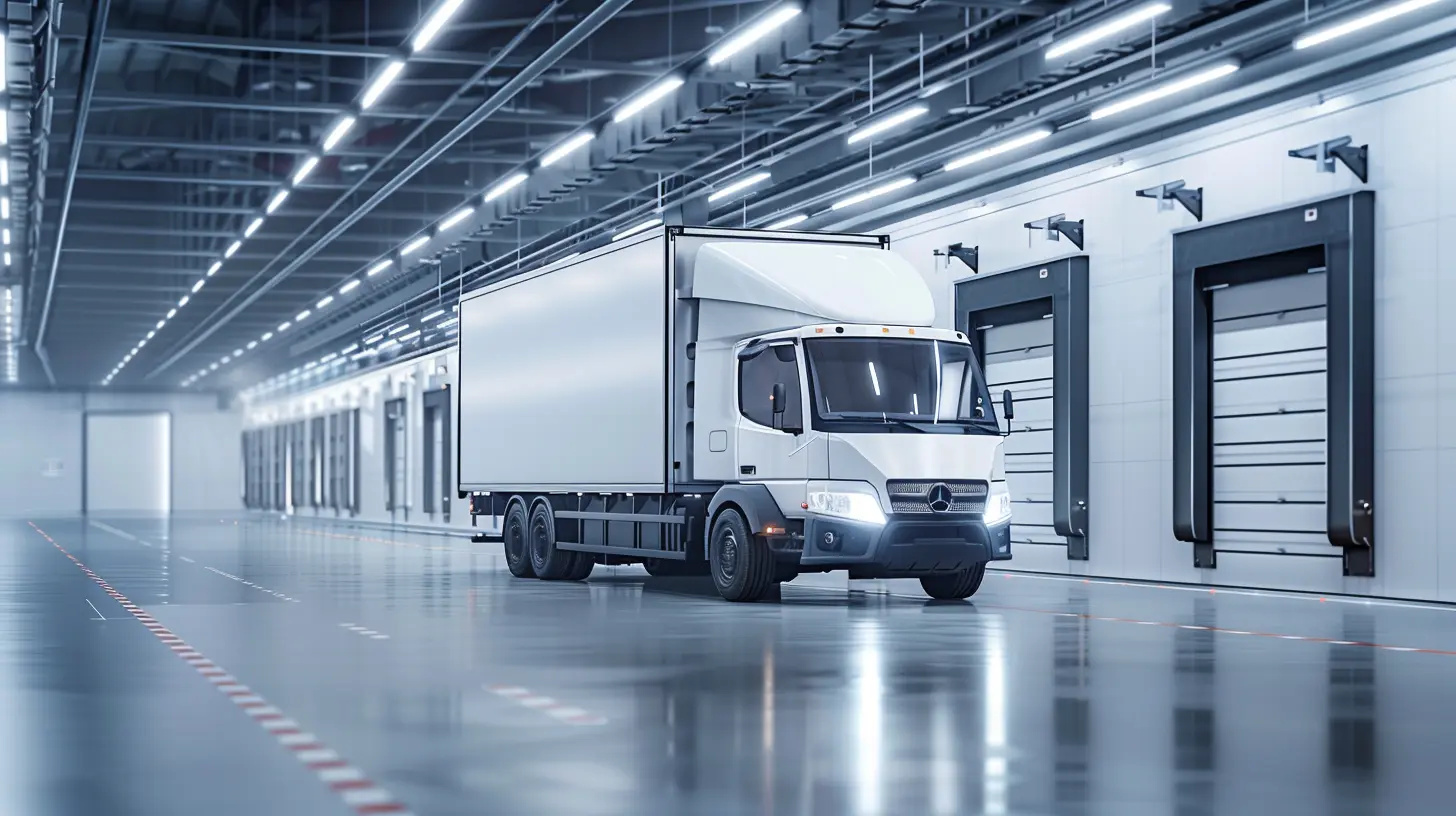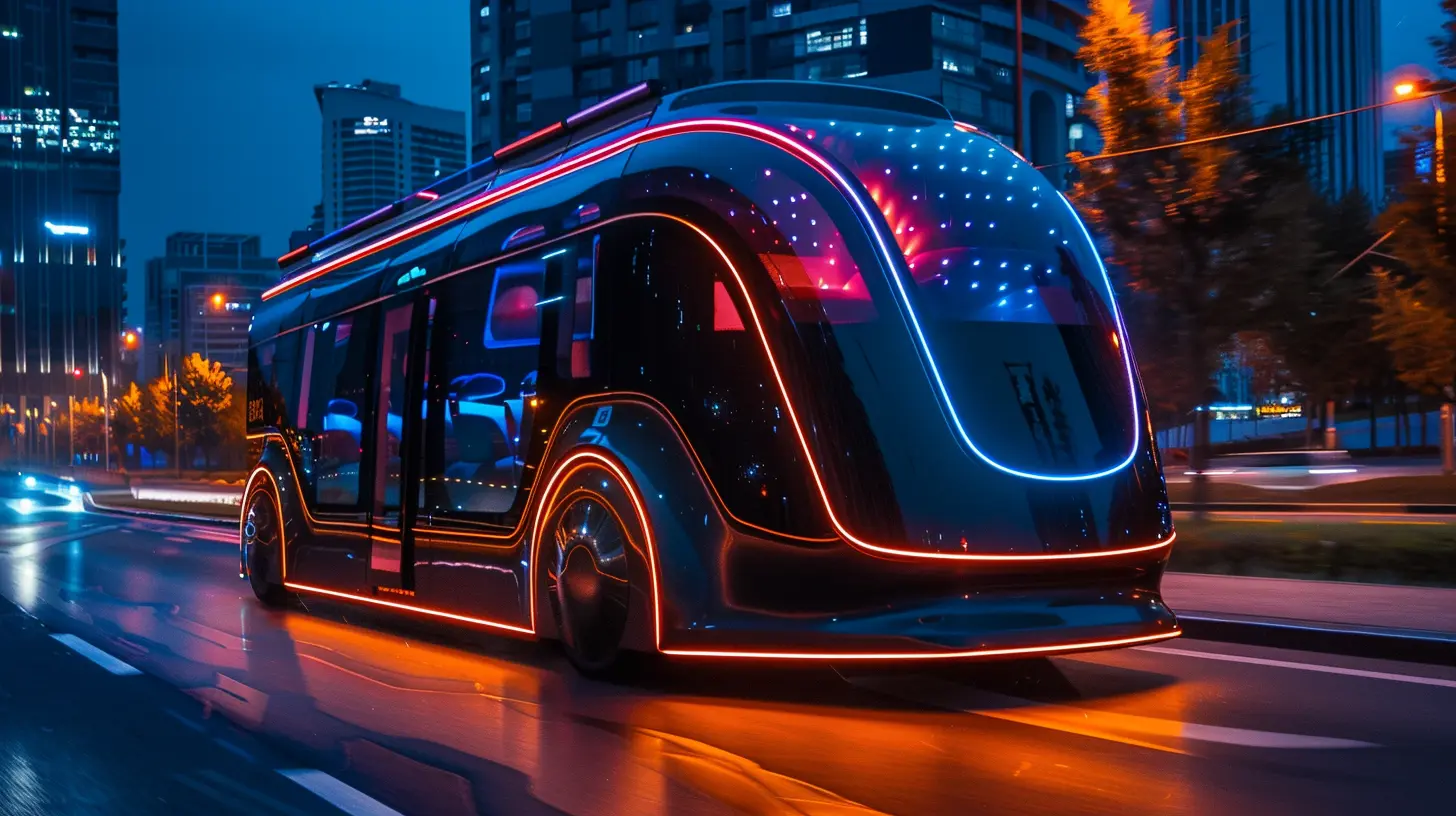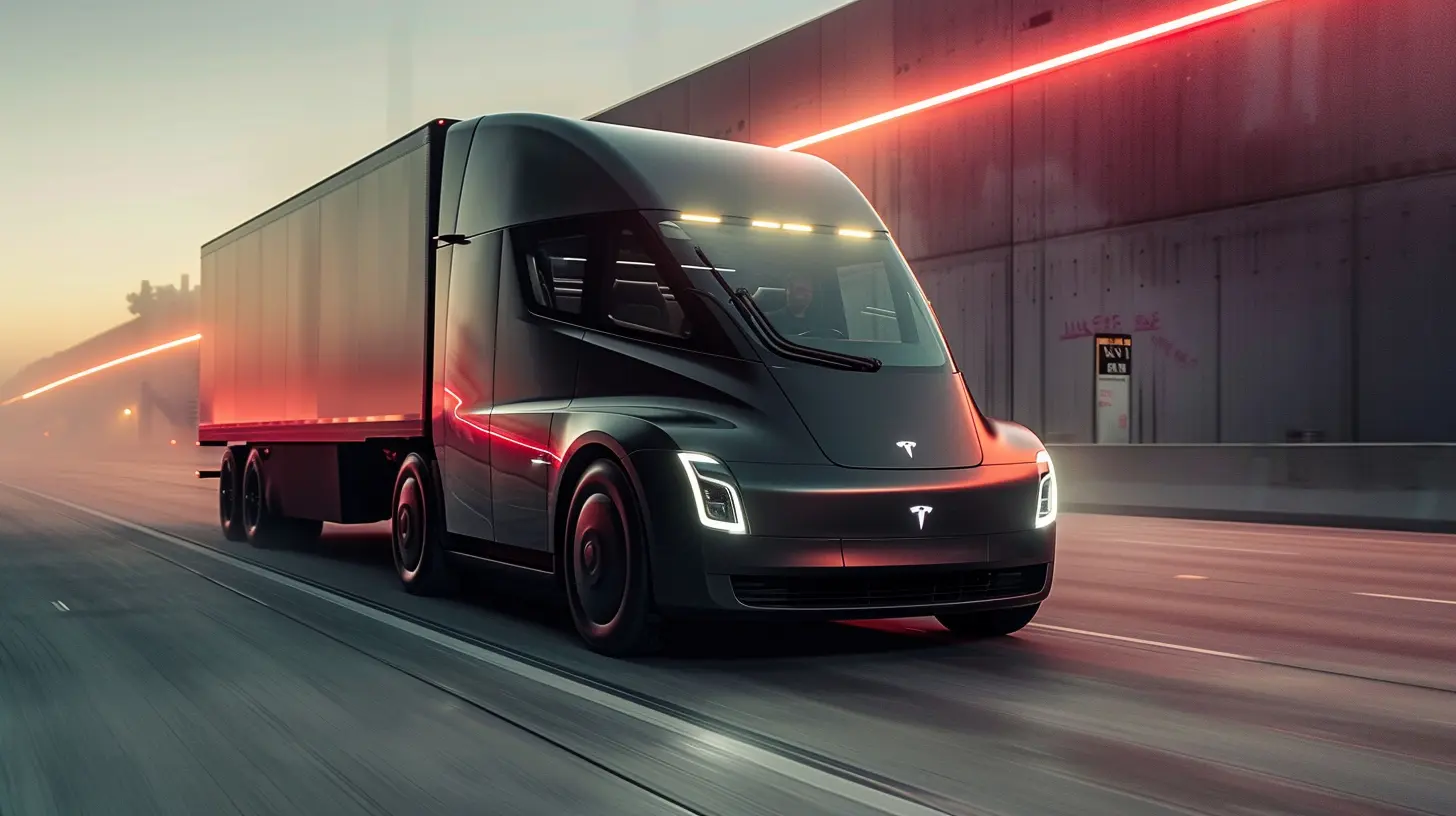30 January 2025
Commercial fleets have always been about efficiency, cost-effectiveness, and reliability. Whether it’s delivering goods, transporting workers, or providing services, the backbone of any industry that relies on transportation is its fleet. But here's a twist — the game is changing. The rise of electric vehicles (EVs) isn't just a trend anymore; it's a revolution that's shaking up the commercial fleet industry in ways we never imagined.
Gone are the days when EVs were considered niche or suitable only for personal use. Today, they’re making their way into commercial fleets, and the impact is nothing short of transformative. But how exactly are electric vehicles rewiring the commercial fleet industry?

The Shift Towards Electrification: Why Now?
You might be wondering, why is everyone suddenly so jazzed about EVs in fleets? Well, let’s break it down. Three big motivators are pushing fleets toward electrification: environmental regulations, cost savings, and technological advances.Environmental Regulations and Sustainability Goals
Governments worldwide are tightening the screws when it comes to emissions. Regulations such as the Paris Agreement and carbon tax initiatives are pressuring companies to find greener alternatives. In response, many organizations have set aggressive sustainability goals, and switching to electric vehicles is one of the quickest ways to cut a fleet's carbon footprint.Electric vehicles produce zero tailpipe emissions, which means they align perfectly with these eco-friendly objectives. For example, cities like London and New York have introduced low-emission zones where only electric or hybrid vehicles are allowed to operate. If your fleet isn't compliant, you're paying extra or facing restricted access. It’s a no-brainer for companies to start embracing EVs.
Cost Savings: More than Just Fuel
Sure, EVs often come with a higher price tag upfront, but that’s just one piece of the puzzle. If you look past the sticker price, the long-term savings are impressive. Traditional gas-powered vehicles guzzle fuel, and let’s face it — fuel prices fluctuate like crazy. On the flip side, electricity is relatively stable and, in many cases, cheaper.But wait, there's more. Maintenance costs for electric vehicles are significantly lower. Think about it: EVs don’t have as many moving parts as internal combustion engine (ICE) vehicles. There’s no need for oil changes, exhaust system repairs, or engine tune-ups. Less maintenance means less downtime for your fleet, which translates to more productivity and savings.
Technological Advancements Making It All Possible
The technology behind electric vehicles has come a long way. In the early days, we worried about range anxiety — the fear that an EV wouldn't make it from Point A to Point B without running out of juice. But today, modern EVs can travel hundreds of miles on a single charge. Charging infrastructure has also massively improved, with fast chargers available in many areas, making it easier for fleet operators to keep their vehicles up and running.Battery technology is advancing at lightning speed too. Batteries are becoming more efficient, lighter, and cheaper to produce. As these technological hurdles are cleared, the appeal of EVs for commercial fleets becomes even stronger.

How Electric Vehicles are Transforming Commercial Fleets
Now that we’ve covered why fleets are going electric, let’s dive into how this switch is shaking things up in the commercial world. From delivery vans and trucks to ridesharing services, EVs are making waves across various sectors.Lower Operating Costs
As mentioned earlier, EVs are a win for the wallet in the long run. Fleet managers are seeing significant reductions in operating costs thanks to lower fuel and maintenance expenses. And let’s not forget about tax incentives. Many governments offer rebates or tax breaks for companies that adopt EVs, which can help offset those higher initial purchase costs.For instance, a fleet of electric delivery vans can save a company thousands of dollars annually in fuel alone, not to mention the reduced maintenance and repair costs. These savings can then be funneled into other areas of the business, giving companies a competitive edge.
Improved Driver Experience
Let’s talk about the people behind the wheel for a second. Drivers love electric vehicles for a few reasons. First off, they’re quieter. No more loud engine noise or constant vibrations — driving an EV is a much smoother experience. This is especially important for delivery drivers who spend long hours on the road. A quieter, more comfortable ride can lead to less driver fatigue and higher job satisfaction.Plus, many electric vehicles come equipped with advanced tech features like regenerative braking, driver assistance, and more. These features not only make driving easier but can also help improve safety on the road.
Shorter, More Predictable Routes
One of the biggest challenges for commercial fleets is managing routes efficiently. Electric vehicles can shine here, particularly for fleets that operate in urban environments or have predictable routes. Since many EVs have limited ranges compared to traditional vehicles, they’re ideal for shorter, repetitive routes like last-mile deliveries or urban logistics.Fleet managers can plan routes more effectively, knowing exactly how far their vehicles can travel on a single charge. This level of predictability can improve logistics and reduce inefficiencies.
Meeting Customer Expectations
More and more consumers are becoming eco-conscious, and they expect the companies they deal with to share those values. By adopting electric vehicles, businesses can tout their green credentials, which can boost their brand image and customer loyalty.For instance, if your company delivers goods, imagine sending out an electric van with your logo on the side. Not only are you reducing emissions, but you’re also showing your customers that you’re committed to sustainability. It's a win-win.
Ridesharing and Mobility Services
The ridesharing industry is also feeling the electric buzz. Companies like Uber and Lyft are making moves to electrify their fleets. Why? Because EVs offer ridesharing companies the same benefits they do for delivery services: lower costs and a smaller carbon footprint.In fact, both Uber and Lyft have committed to becoming fully electric by 2030. As more ridesharing services adopt EVs, we could see a significant reduction in urban emissions, which is a huge plus for congested city areas.

Challenges Facing Electric Fleets
Of course, it’s not all sunshine and rainbows. There are still some challenges that fleet managers need to navigate when switching to electric vehicles.Charging Infrastructure
One of the biggest hurdles is setting up charging infrastructure. While public chargers are becoming more common, many fleet operators are finding that they need to install their own charging stations at depots or work sites. This can be a costly and time-consuming process, particularly for larger fleets.However, this is a challenge that’s rapidly being addressed. Governments and private companies are investing heavily in charging networks, and new technologies like wireless charging are on the horizon. As infrastructure improves, this barrier is likely to diminish.
Vehicle Availability and Upfront Costs
While there are more electric vehicle models available today than ever before, the selection for commercial vehicles is still somewhat limited. For example, electric trucks and vans are only just beginning to hit the market, and some companies may have to wait for the right vehicle to become available.The upfront cost of electric vehicles is also a challenge for some fleet operators, especially smaller businesses. However, as we’ve mentioned, the long-term savings often make up for the initial investment. Additionally, as battery costs continue to fall, EVs will become more affordable over time.
Range Limitations
Although battery technology is improving, range limitations can still be a concern for certain types of fleets, particularly those that cover long distances. Fleet managers need to carefully assess their needs and determine whether electric vehicles can meet their range requirements. In some cases, hybrid vehicles may be a better interim solution.
What The Future Holds
So, what’s next for electric vehicles in the commercial fleet industry? The future looks bright. As more companies embrace electrification, we can expect to see even more advances in EV technology, from longer ranges to faster charging times.There’s also the potential for autonomous electric vehicles to become part of the fleet landscape. Self-driving electric trucks could revolutionize long-haul transportation, reducing labor costs and increasing efficiency even further.
Moreover, as battery recycling and second-life applications become more mainstream, the environmental benefits of electric fleets will only increase. Imagine a world where your company’s old EV batteries are repurposed for energy storage or other uses — the possibilities are endless.
Conclusion
Electric vehicles are more than just a trend; they’re rewriting the rules of the commercial fleet industry. From lower operating costs to improved driver experiences and environmental benefits, the case for electrification is clear. While there are challenges to overcome, the future of commercial fleets is undoubtedly electric.As governments ramp up emissions regulations and consumers demand greener solutions, businesses that embrace electric vehicles will be better positioned to thrive in the years to come. So, the question isn’t if fleets will go electric — it’s when.














Davina McAllister
This article highlights the exciting transformation in the commercial fleet industry through electric vehicles. Embracing this change not only boosts efficiency and reduces emissions but also paves the way for a sustainable future. It’s inspiring to witness innovation driving positive environmental impact!
March 15, 2025 at 9:29 PM